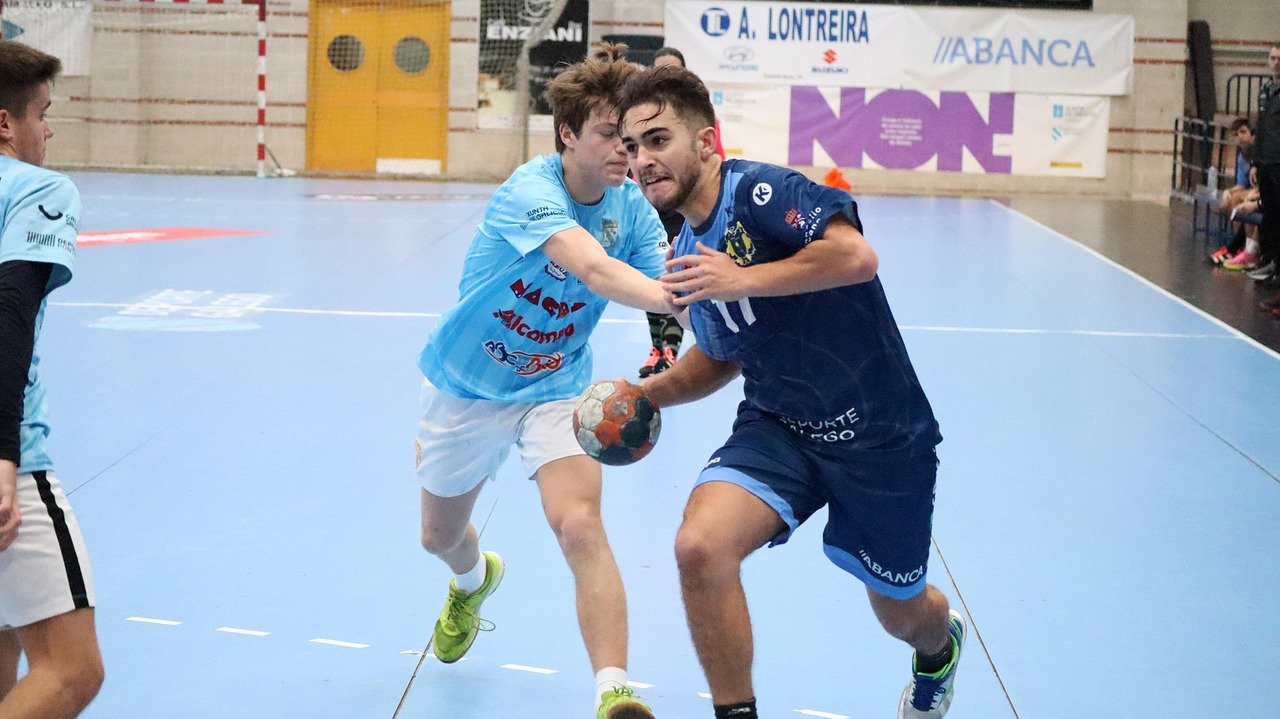If you are a player, coach, or just a fan looking to understand handball at a deeper level, studying professional teams can provide massive insight into tactical styles. Different clubs and national sides approach the game with distinct philosophies, emphasising pace, physicality, tactical organisation, or technical skill. This guide breaks down which teams are best to watch depending on your own team’s playstyle and what you want to learn.
Why Watch Other Teams for Inspiration?
Handball is a tactical game with countless variations in defence and attack. While many teams use similar structures, their execution and emphasis differ hugely. Watching teams that match your style can give you direct inspiration, while watching teams with contrasting styles can show you alternative solutions to common challenges.
Key benefits include:
- Learning advanced variations of your own system
- Understanding how to counter teams with your playstyle
- Identifying drills and training focus areas
- Adapting successful strategies from elite clubs and nations
Fast-Paced, Transition-Focused Teams
If your team relies heavily on fast breaks, quick transitions, and high tempo, you should watch teams that excel at punishing turnovers and pushing the pace.
- Danish National Team (Men’s and Women’s) – Denmark thrive on quick ball movement and are exceptional in transition. Their speed from defence to attack is a model for teams wanting to run opponents off the court.
- Paris Saint-Germain Handball – With players like Mikkel Hansen in past years and now speed-focused backcourt stars, PSG consistently use their athleticism to overwhelm teams before they can organise defensively.
- Norway Women’s National Team – Famous for relentless counterattacks, Norway’s women’s side play with incredible tempo and efficiency.
Structured, Tactical Half-Court Teams
If your team prefers slower, carefully constructed offensive phases and set plays, you’ll benefit from watching sides that rely on discipline and half-court execution.
- France Men’s National Team – Known for their tactical patience and intelligent half-court play, France build through their back line and use pivots effectively to dismantle compact defences.
- THW Kiel (Germany) – Kiel’s club side have long been admired for their strong organisation and ability to break down even the toughest defensive structures.
- Spain Men’s National Team – Spain thrive in tactical handball, with an emphasis on technical playmaking, quick passing, and pivot movement.
Physically Dominant, Defensive-Minded Teams
If your team is more defence-oriented, relying on physicality, contact, and control of space, you should watch sides that impose themselves through defensive pressure and strength.
- Germany Men’s National Team – Germany’s style is traditionally based on power and discipline in defence, with a focus on physical duels and controlling the six-metre area.
- Hungary Women’s National Team – Known for strong defensive organisation and resilience, Hungary provide a great model for teams that want to build around defensive toughness first.
- SC Magdeburg – A club that mixes strong defending with efficient offensive conversion, particularly effective against aggressive attacks.
Creative, Flair-Oriented Teams
If your team relies on individual skill, creativity, and out-of-system play, you should study teams that allow stars to shine while still maintaining balance.
- Norway Men’s National Team – Led by stars like Sander Sagosen, Norway embrace creativity in the backcourt with players given freedom to improvise.
- FC Barcelona Handbol – Barcelona consistently build their squad around technically brilliant players who thrive in open play, offering countless creative solutions.
- Montenegro Women’s National Team – Known for a bold style, Montenegro lean on individual brilliance, with fearless players willing to take risks.
Balanced, All-Round Teams
Some sides excel by not relying too heavily on one playstyle. If your team mixes speed, half-court patience, and strong defence, balanced teams are the best to follow.
- Sweden Men’s National Team – Sweden combine athleticism with smart tactical structure. They can adapt quickly to different styles depending on the opponent.
- France Women’s National Team – Strong in defence, technically excellent in attack, and effective in transitions, France’s women’s side epitomise all-round handball.
- Veszprém KC (Hungary) – Veszprém are a European powerhouse built around a complete style, capable of adapting to either structured or fast-paced games.
How to Apply This to Your Own Team
When studying these teams, focus on:
- Defensive spacing – How they shift, close gaps, and apply pressure.
- Offensive triggers – The cues that initiate plays, whether that’s pivot movement, a cross, or a double pass.
- Transition play – How quickly they move from defence to attack.
- Role specialisation – Notice how elite teams assign specific responsibilities to players.
Watching one or two matches won’t give you the full picture, so study across multiple tournaments and opponents. Pick elements that match your squad’s strengths and experiment with them in training.
Final Thoughts
The beauty of handball is the variety of ways to succeed. By studying teams aligned with your style, you gain tactical depth, but by watching contrasting approaches, you open your mind to new solutions. Whether your team plays with pace, structure, power, or creativity, there is always a professional side that embodies the way you want to play.



